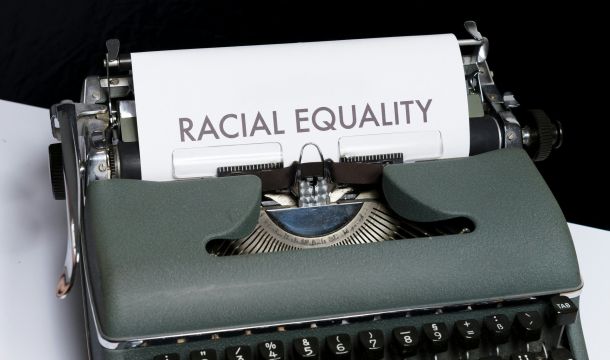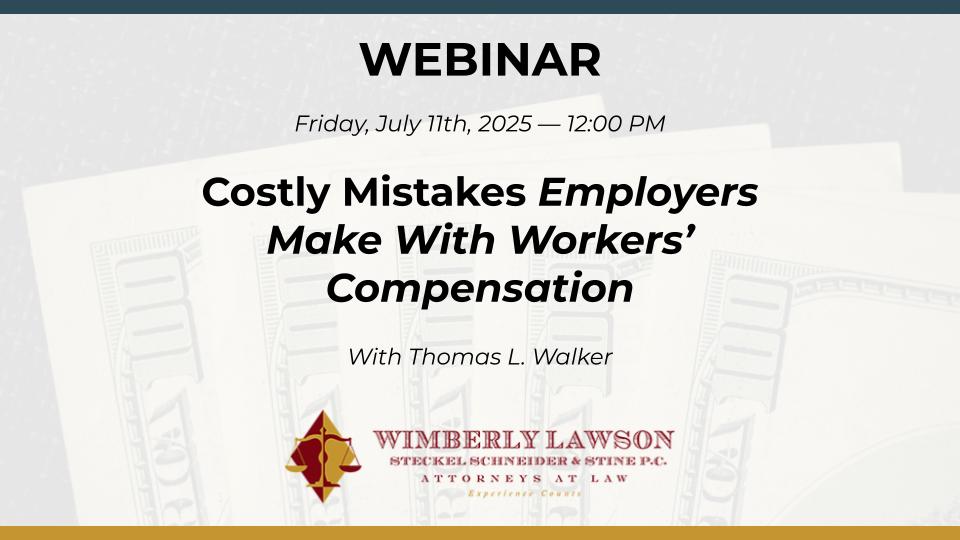UBER BECOMES TEXT BOOK EXAMPLE OF INDIVIDUAL ARBITRATION ISSUES
Funny things happen when a company institutes an initial public offering (IPO), as Uber did during 2019. One of those things is that such companies often attempt to settle ongoing litigation, to make their IPO more attractive to investors. Uber did just that this year in connection with its independent contractor business model, and in the process becomes a "poster child" for individual arbitration along with its gig economy.
Uber might be the largest employer in the world, if it were an "employer." Instead, its business model is to use independent contractor drivers, and it reportedly has some 3.9 million drivers globally. Such a situation resulted in many lawsuits claiming that the legal relationship was one of employment rather than independent contractor. In addition to its independent contractor business model, Uber also instituted a business model of requiring drivers to sign individual arbitration agreements in which class and collective actions are prohibited and all disputes with Uber had to be taken to individual arbitration.
Uber's business plan as to litigation thus prevented drivers from banding together in class actions in court, where there was a danger of each case possibly resulting in a ruling that might destroy the company's independent contractor business model. Arbitration, in contrast, does not set any legal precedent even if the rulings are adverse to the company.
In spite of the apparent benefits of arbitration to both companies and workers, history indicates that very few workers engage in individual arbitrations. However, organized groups of plaintiff's lawyers and workers brought a multitude of court actions against Uber, although Uber basically won almost all of these court actions by getting the cases dismissed in favor of individual arbitration, plaintiff's lawyers engaged in a new tactic to counter Uber's strategy. Literally thousands of individual arbitration demands were filed against Uber. As arbitrator's fees and expenses in each case would be at least $10,000, and based on the number of Uber drivers at issue, it meant that resolving all the individual arbitration proceedings would cost at least $600 million, without including legal fees and any actual awards for drivers who won.
The institution of these strategies by the drivers resulted in somewhat of a stalemate. Lawsuits were brought by lawyers for more than 12,000 drivers who had filed arbitration demands arguing that the company had refused to pay the filing fees to get the arbitration process going. Uber countered that the drivers had not paid their required share, $400 each, to get the arbitrations going. The number of drivers filing individual arbitration demands was more than 60,000.
In this impasse in litigation issues, something had to give. In a regulatory filing on May 9, 2019, Uber indicated that a "large majority" of the 60,000 drivers filing arbitration claims over employment misclassifications, agreed to a settlement. The filings indicated that thousands of other drivers in two lawsuits in California and Massachusetts against the company also agree to dismiss their claims, agreeing to a settlement in exchange for multi-million dollar settlements. The filings indicated that Uber will pay between $146 and $170 million, including attorney's fees, to settle these claims. Uber will apparently retain its business model of considering its drivers independent contractors rather than employees.
In a related development, the U.S. Supreme Court ruled on April 24, 2019, that a court should not allow class actions in arbitration unless the arbitration agreement clearly authorizes that type of proceeding. Lamps Plus, Inc. v. Varela, 2019 BL 145112. The ruling, with a 5-4 majority, suggested that arbitration offers "lower cost, greater efficiency and speed" over lawsuits in court, and that class arbitration lacks those benefits. Thus, the Court interpreted the Federal Arbitration Act as requiring more than ambiguity to ensure that the parties actually agree to arbitrate on a class-wide basis.
Editor's Note: Most experts believe that virtually all employers should evaluate the pros and cons of using individual employment arbitration agreements for their employees. There are many advantages to such procedures, and also variations such as jury trial waivers, and the like. However, it is not a "one size fits all" issue.
Related Content
Get Email Updates
Recent Content

Possible Extension of TPS Status for Haitians until February 3, 2026 and New E-Verify Status Report

Sad News – Mark A. Waschak – September 13, 1963 – June 27, 2025

Heat Safety Rule Appears to Be Moving Forward

Federal Government to Drop Disparate Impact Basis for Discrimination Claims

E-Verify+

